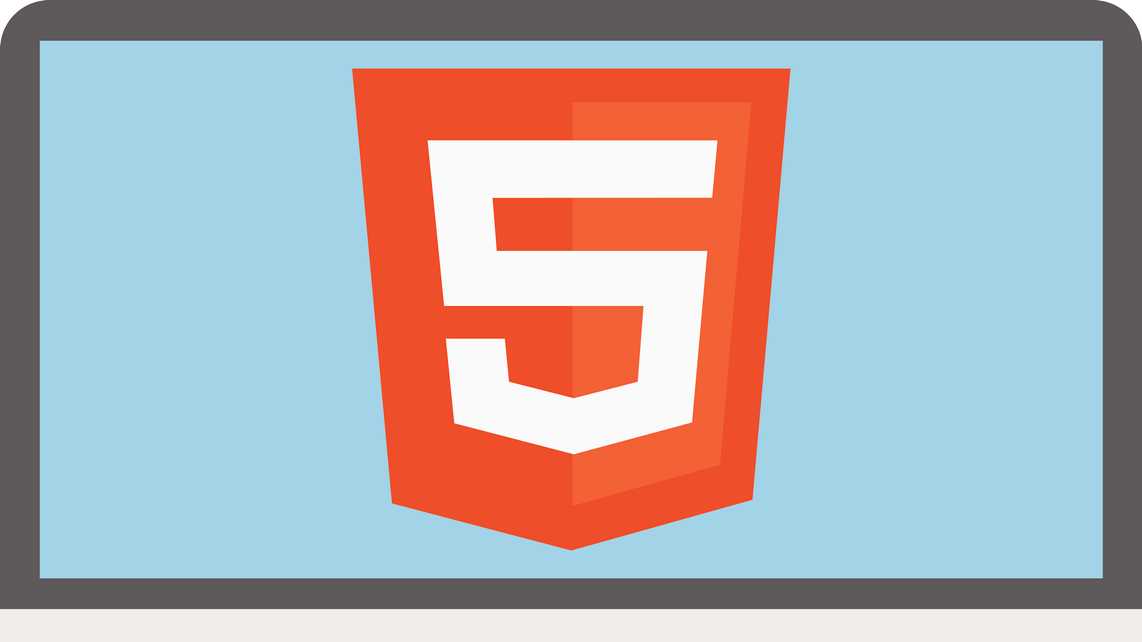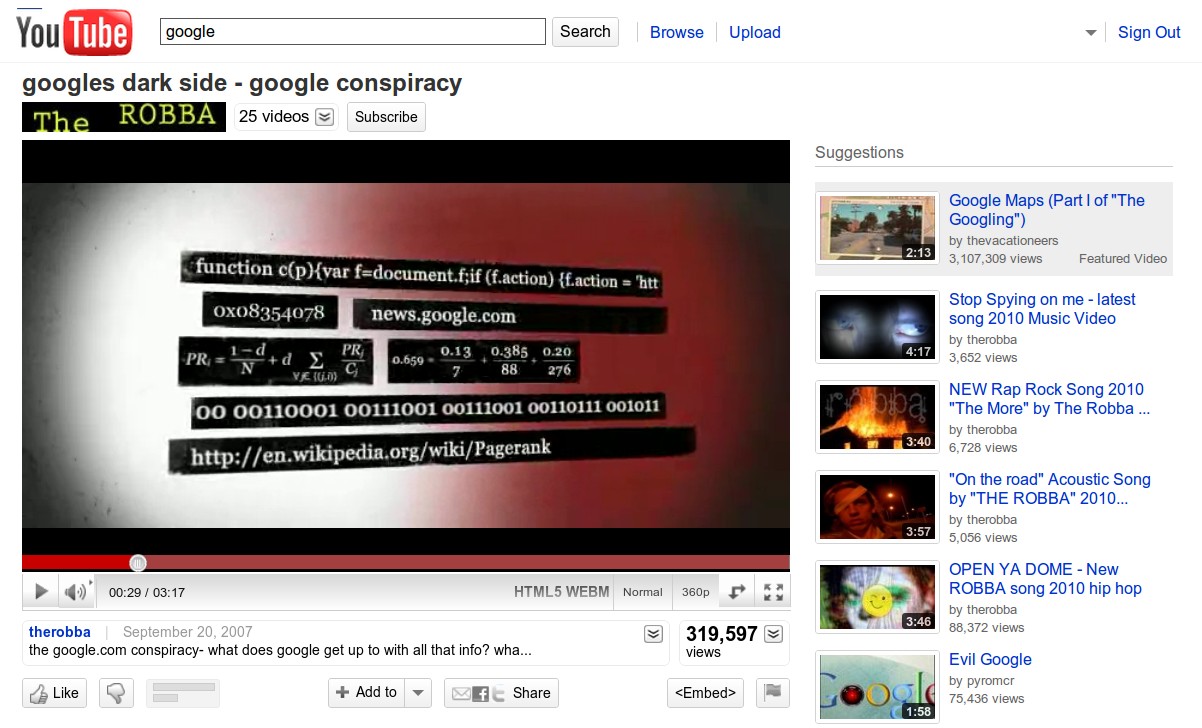HTML5 Video Player Plugins for WordPress: 13.Videojs HTML5 Player. Videojs HTML5 Player is a user-friendly WordPress plugin that supports video playback on desktops and mobile devices from WordPress sites. It makes it super easy for you to embed both self-hosted video files or video files that are externally hosted using Videojs library. List of top 5 HTML5 Video Players. Flowplayer html5 player. Video.js html5 player. MediaElement.js html5 player. MediaFront html5 player. Kaltura html5 player. HTML5 has brought the drastic change in web development, It is incorporated with new elements and attributes. Now it is easy to drag and drop items, draw on canvas, store data in browser. Build a custom HTML5 video player. By Creative Bloq Staff ( netmag) September 16, 2013. Media players that are built in to browsers vary in design. Ian Devlin explains how to use HTML5's media API to build a custom player with a UI that stays consistent no matter what browser you use. Knowledge needed: Intermediate HTML, intermediate JavaScript. The most popular distribution was Adobe’s in-house Flash Player. HTML (Hypertext Markup Language) is designed to structure web documents. Through a series of text, tags, elements and attributes, web content is defined and translated to what the end-user sees on the browser, HTML employ these basic components to program enhanced. Ultra-low latency via JavaScript freeware player. SLDP is a streaming protocol based on WebSockets so its streams can be processed in modern browsers. HTML5 SLDP Player key features include the following: Sub-second delay in playback. H.264/AVC, VP8 and VP9 video. H.265/HEVC in Safari.
 February 16, 2021
February 16, 2021With Adobe Flash Player now officially laid to rest, HTML5 players are the new industry standard. For that reason, it’s high time to consider your options for streaming video in 2021. In this article, we’ll summarize how HTML5 players work and feature our top six recommendations when streaming live and video-on-demand (VOD) content.
Table of Contents
How Do HTML5 Players Work?
When HTML5 introduced Media Source Extensions (MSE), it enhanced the capability of its <video> and <audio> elements, making it possible to stream content directly in a webpage or application without the use of any additional plugins. Built on a JavaScript library, the new spec enabled you to generate a stream using video and audio chunks and laid the groundwork for additional features to be built on top of the basic HTML, such as adaptive bitrate streaming and the playback of protected content with Encrypted Media Extensions (EME).
HTML5 players are supported in all modern browsers and are a simple way to embed your video content for playback on nearly all devices.
There are several HTML5 players available in 2021, but you’ll need to choose between open-source and paid, commercial options. The main difference between the two is that open-source players are free for you to download and customize, whereas paid, commercial options offer significant features and integrations already built in. Another difference to consider is that although open-source players tend to offer quick bug fixes due to the ongoing contributions of their developer community, paid players require you to contact the company for any potential bugs. That said, commercial options can offer an extensive list of features and integrations, which save you time on development, so your choice may come down to what your budget and development needs are.
Whether you choose open-source or commercial, both HTML5 player types are supported by Wowza and offer the same underlying architecture:
- An HTML5 <video> or <audio> element
- The desired height and width dimensions
- A defined media source URL
- Customizable controls
HTML5 video players can be very easily embedded into your HTML. If you’d like to test the playback of a video file, the sample code below is an example of what you would insert into an HTML5 webpage. Simply configure a test stream in either Wowza Streaming Engine or Wowza Streaming Cloud and copy the HLS playback URL that is provided as your source. You can then paste that playback URL in the code as your source (src).
Keep in mind that with Flash gone, media servers like Wowza can still ingest an RTMP source and repackage it for delivery over HLS in an HTML5 player. Although it is official that Adobe Flash is dead, that doesn’t mean RTMP streaming is as well.
Now that you understand how HTML5 video players work, let’s take a look at Wowza’s top six recommendations for 2021. Our list contains both open-source and paid options — appearing in no particular order.
Top 6 HTML5 Players
1. Video.js
An open-source player, Video.js uses basic Javascript and CSS, but can be easily customized and is used today on over 400,00 websites. It offers playback support for live streams as well as MP4 and WebM files, with adaptive bitrate streaming (ABR) over both HLS and MPEG-DASH. Video.js also offers a popular plugin that allows you to track Google Analytics right from the player.
Key Features:
- Vimeo and You Tube integrations
- Over 100 plugins for advanced functionality
- HLS, MPEG-DASH, MP4, WebM
- Analytics, advertising, brand logo insertion
- Playlists, Chromecast, ABR
2. THEOPlayer
THEOPlayer is a commercial HTML5-based video player offering pre-integration across a wide video ecosystem. Web, mobile web, mobile, set-top boxes, casting devices, and smart TVs are all supported by THEO, offering an impressive reach for viewership. One of their most popular features is an SDK that supports Apple’s Low-Latency HLS streaming, making them among the first vendors on the market to do so.
Key Features:
- HLS, Low-Latency HLS
- MPEG-DASH, low-latency CMAF for DASH
- Monetization and advertising
- Analytics and ABR

3. Flowplayer
Flowplayer has an industry reputation for being one of the fastest loading HTML5 players available. They offer a free trial and a variety of payment options from as low as $25 a month. Some interesting integrations through FlowPlayer include real-time analytics, header bidding, and various monetization opportunities through subscriptions and pay-per-view solutions.
Key Features:
- Award-winning monetization options
- Real-time analytics and diagnostics
- HLS, MPEG-DASH, MP4, WebM
- Advanced ad-scheduling
- Playlists, Chromecast, ABR
4. hls.js
Built on a JavaScript library, hls.js works directly on top of the HTML5 <video> element by implementing an HLS client. Two top features for hls.js include its support for HLS and fragmented MP4 (fMP4) as well as its ability to transmux (or repackage) MPEG-2 and AAC/MP3 streams to fragmented MP4. Offering an extensive API library, you can fine-tune parameters such as buffer size, segment length, and bitrate. The ability to stream HLS with hls.js is nearly universal in modern browsers, but it does require the support of Media Source Extensions (MSE) in HTML5.
Key Features:
- Fragmented MP4 support
- VOD and live playlists with ABR
- Alternative audio for VOD and live playlists
- Subtitles, captions, analytics, timed metadata
- Resilient to errors/built-in retry mechanisms
5. Clappr
Html5 Player Chrome
Known as one of the first open-source HTML5 players to be created by a community on GitHub, Clappr is built on .js and also uses the default <video> element in HTML5. The Clappr player is highly customizable in the CSS, boasts rave reviews for being user-friendly, and offers easy access to its API library. You can expect seamless video content delivery across smartphones, tablets, desktops, and TVs. Clappr users will likely be impressed with the long list of specialty plugins for customization.
Key Features:
- HLS and DASH Playback
- Picture-in-picture support
- Support for 360 videos
- Plugin for playback statuses
- DVR, Google analytics, closed captions
6. dash.js
Html5 Player Audio
The dash.js player provides MPEG-DASH playback in any browser supporting Media Source Extensions (MSE) and is built on JavaScript. With DASH being an adaptive bitrate streaming protocol, the dash.js player offers one of the best adaptive streaming algorithms. Since it’s the official reference player for the DASH Industry Forum, you can expect high quality and reliability in a production environment. It’s both codec– and browser-agnostic and supports cross-browser DRM. Finally, dash.js does offer support for the newer low-latency DASH protocol.
Key Features:
- High-quality MPEG-DASH Playback
- Support for low-latency DASH
- Advanced ABR algorithms
- Cross-browser DRM, captions
- Live playback catchup

Conclusion
There are certainly many HTML5 players to choose from in 2021, but the key to identifying the right one for you is to find a player that meets your video playback needs. While this article highlights the features of our top six recommendations, we offer more information on players to use for streaming video content in our documentation.
Additional Resources: